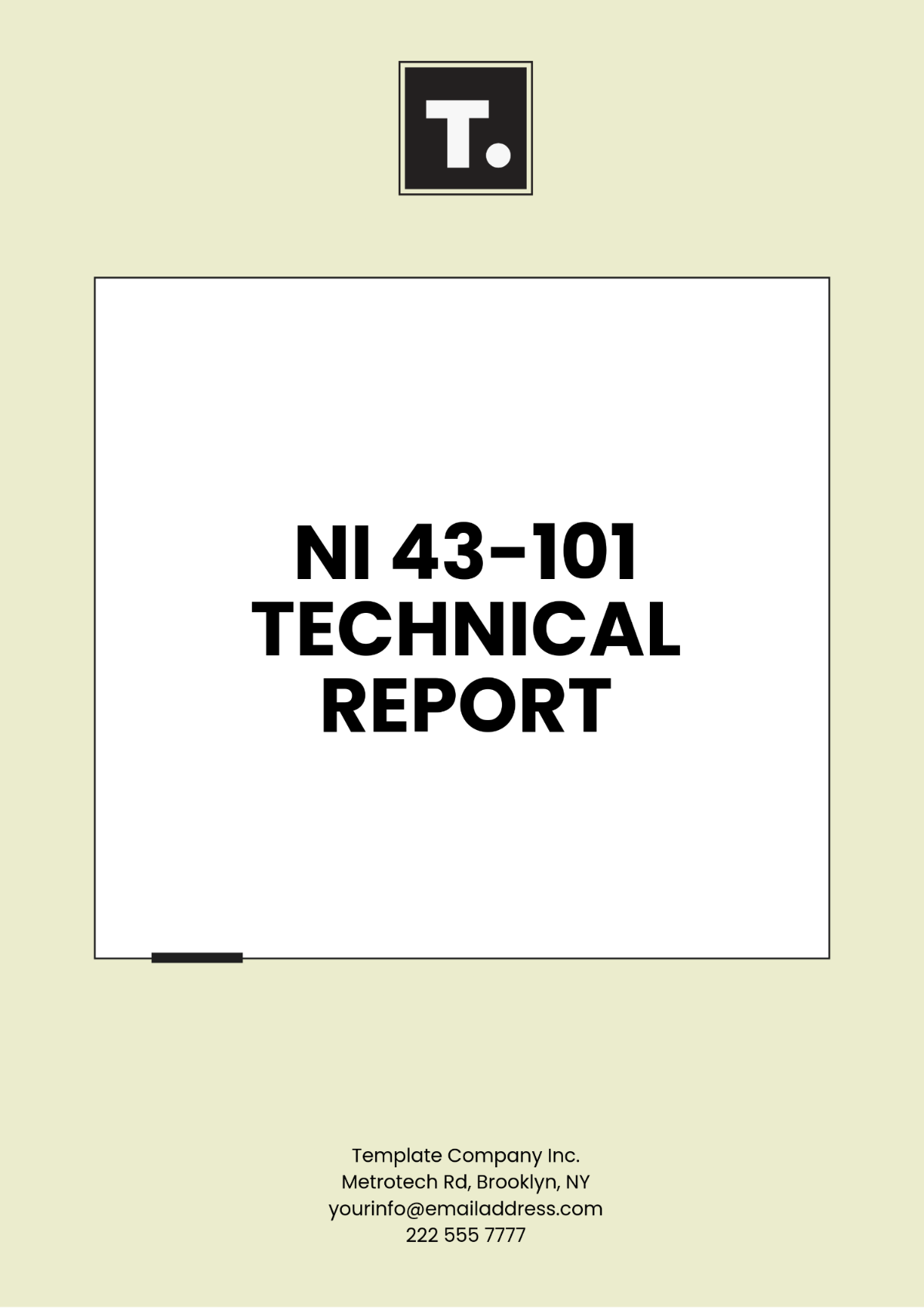Technical Data Report
Author(s): [YOUR NAME]
I. Introduction
This Technical Data Report presents detailed information and findings related to the efficiency analysis of solar panels installed at [YOUR COMPANY NAME]'s solar farm. The report aims to provide insights into the performance metrics, data analysis methods, and key findings regarding the efficiency of the solar panels under varying environmental conditions.
II. Project Overview
The Solar Panel Efficiency Analysis project commenced on January 1, 2050, as part of [YOUR COMPANY NAME]'s commitment to sustainable energy solutions. The primary objective was to conduct a comprehensive assessment of the efficiency and performance of solar panels installed across [YOUR COMPANY NAME]'s solar farm located in Cedar Knolls, New Jersey.
Throughout the project lifecycle, [YOUR COMPANY NAME] executed a structured approach to gather, analyze, and interpret data essential for evaluating the operational effectiveness of the solar panels. This included deploying advanced monitoring equipment, conducting on-site measurements of solar irradiance and temperature, and performing performance tests using calibrated instruments.
III. Methodology
The methodology employed for the Solar Panel Efficiency Analysis encompassed several key steps:
A. Data Collection
Data collection involved placing pyranometers strategically across the solar farm to capture solar irradiance levels at different points throughout the day. Temperature sensors were also deployed to monitor variations that could affect panel efficiency.
B. Performance Testing
Each solar panel array underwent rigorous performance testing to measure output under various conditions, including peak sunlight hours and seasonal changes.
C. Data Processing
Collected data was processed using specialized software to normalize readings based on environmental factors such as temperature and humidity. Efficiency metrics were calculated for each panel array to assess overall performance.
IV. Data Analysis
The raw data underwent detailed analysis using statistical methods and software tools. This phase focused on:
Normalization: Adjusting data to account for variations in temperature and irradiance, ensuring accurate comparisons.
Efficiency Calculation: Computing efficiency metrics such as conversion efficiency and fill factor to gauge the overall performance of each solar panel array.
Efficiency Metrics Summary
The following table summarizes the efficiency metrics calculated for each panel array:
Solar Panel Array | Average Efficiency (%) | Maximum Efficiency (%) | Minimum Efficiency (%) |
|---|---|---|---|
Solaris Prime | 17.8% | 19.5% | 16.2% |
Sunburst II | 19.2% | 21.0% | 18.1% |
Lumina Solaris | 18.0% | 19.8% | 17.3% |
Solstice Power | 18.5% | 20.3% | 17.6% |
Radiant Sun | 18.3% | 20.0% | 17.9% |
V. Results and Findings
The analysis yielded several key findings crucial for understanding the performance of the solar panels:
A. Key Findings
Average Efficiency: The average efficiency across all panel arrays was approximately 18.4%.
Seasonal Variability: Panels exhibited differing performance levels during summer and winter months due to changes in solar angle and weather conditions.
Impact of Shading: Areas affected by shading experienced reduced output during peak sunlight hours, highlighting the importance of optimizing panel placement.
VI. Conclusion
This Technical Data Report concludes that the Solar Panel Efficiency Analysis successfully provided comprehensive insights into the operational efficiency of the solar panels at [YOUR COMPANY NAME]'s solar farm. The findings underscore [YOUR COMPANY NAME]'s commitment to delivering accurate and actionable technical assessments that support sustainable energy initiatives.
For further inquiries or additional information, please contact:
[YOUR NAME]
[YOUR EMAIL]
[YOUR COMPANY NAME]
[YOUR COMPANY NUMBER]
[YOUR COMPANY ADDRESS]
[YOUR COMPANY WEBSITE]

















































